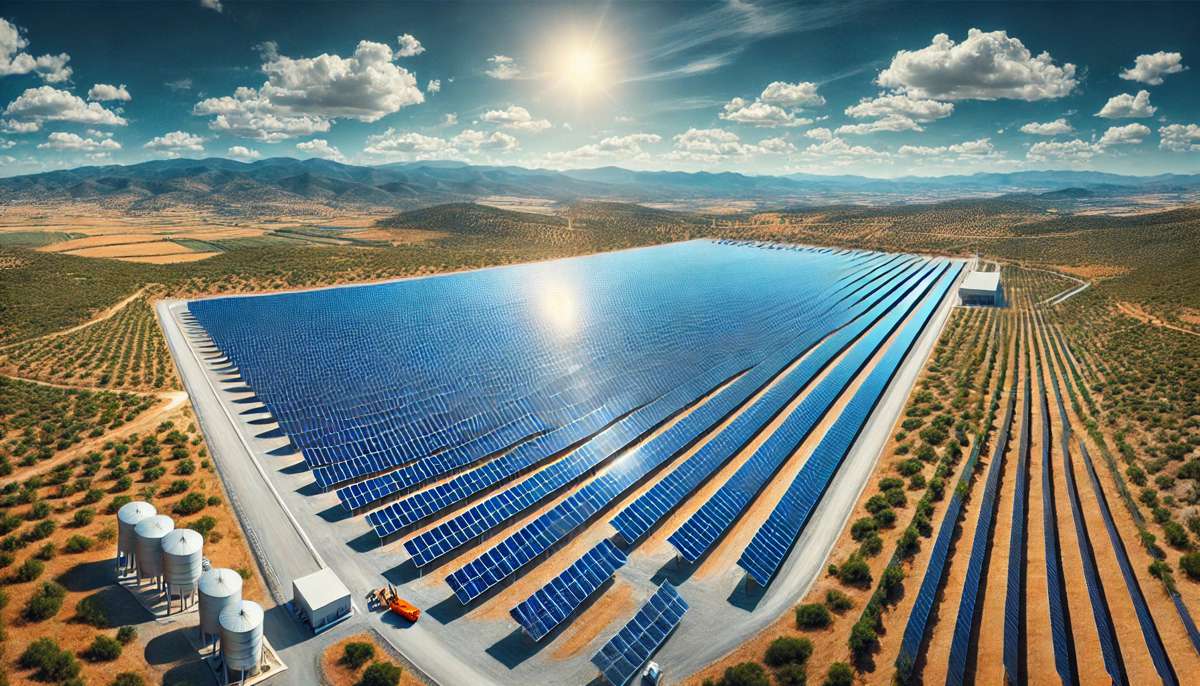Demystifying the Internet of Things
IoT has been hailed as a global infrastructure for the information society with profound impacts on the way we live and work. But what does that actually mean?
Patrick Gains, project manager at Cougar Automation, breaks it down in simple terms:
What is IoT?
“Internet of Things (IoT) is where you connect physical devices, embedded with electronics, software, sensors and actuators, together in a network so they can communicate with each other to collect and exchange data. As soon as a device is connected and can share data, we call it ‘smart’. I’ve always found the term Internet of Things a bit misleading.
“In my opinion it should really be called ‘Information of Things’ because the purpose of connecting devices via a network is to get information out of them and do something useful with that information. The world’s first smart device, for example, was a vending machine at Carnegie Mellon University the 1980s, which students connected to ARPANET – a precursor to the internet – to monitor whether their favourite drink was in stock and save them the trouble of a wasted trip.”
What are the most common use cases for IoT?
“There is so much more you can do with IoT than check the stock of a vending machine. In an industrial context, you can monitor equipment health and carry out preventative maintenance before any issues become serious, monitor energy consumption with a view to reducing environmental impact, monitor available spaces in a car park and direct people to them to save time, and in COVID times even monitor whether personnel are wearing the correct PPE.
“The possibilities of IoT are wherever our imagination takes us.”
What are the benefits of IoT?
“Whatever the application, the benefits usually boil down to the reducing waste (time, energy or money), reducing errors and increasing efficiency.
“In the car park example, having sensors in parking spaces and allocating them to drivers as they come in can reduce the time it takes to find a space and park by up to 10 minutes.”
How does IoT fit into the Cougar Automation offer?
“We specialise in programming automated systems and offer IoT as an additional layer, enabling our customers to access the data from their automated devices and use it to increase efficiency, reduce errors etc. We have always been agnostic as to the exact technologies we use as no two customers are the same and we want to offer the best possible solution in each case.”
How to you visualise IoT data for customers?
“We create a simple dashboard in an app or online portal, which gives customers the most important parameters for their needs right at their fingertips. In some cases, we also use AR (Augmented Reality) where an operator on site can hold their tablet in front of a device to get relevant information (e.g. pump speed or power output) visually represented, layered in front of the machine.
“If the machine goes down, we can even show them how to replace it e.g. by bringing up a fuse board and wiring schematic on the screen.”
How easy is it to implement IoT?
“Some potential customers might worry that to add IoT to their automated system we’d have to rip out all their hardware and replace it, but most PLCs (programmable logic controllers) used to run factories are already IoT capable.
“If your devices are already gathering information, it can be relatively simple to network them together and collate the data. And using AR or even VR (Virtual Reality) to visualize the data might sound fancy but it’s just another display function.”
Is there a cybersecurity risk to using IoT?
“There will always be threats but the key is to have an awareness of this fact. Through best and safe practices drawing on our in-house cybersecurity expert’s knowledge, we are dedicated to keeping our clients’ assets safe.
“The industry has made so many advances with firewalls, managed switches, risk assessments and other cybersecurity measures since the early days – and in certain cases the data collection can be air-gapped from the internet as another preventative measure allowing for full peace of mind.”
What do you see as the future of IoT?
“IoT hasn’t taken off as quickly as everyone thought, perhaps because the possibilities are so vast. Your factory might be running fine but what if you could increase efficiency by 20%? It takes a bit of imagination. Our proof of concepts barely scratch the surface but we hope they will inspire potential customers to think of their own use cases and benefits organically. And it’s definitely becoming easier for people to understand the potential since we started working with IoT in 2016.
“Nowadays it’s fairly common to control lighting or heating in your home with your voice or smartphone. Knowledge and acceptance have exponentially increased over the last few years – and while it may be taking a bit longer to transfer over to industry, conversations that were difficult before are now more open. We are just at the beginning of the snowball. Technology is advancing all the time and we can expect a lot more automation in the future.”















